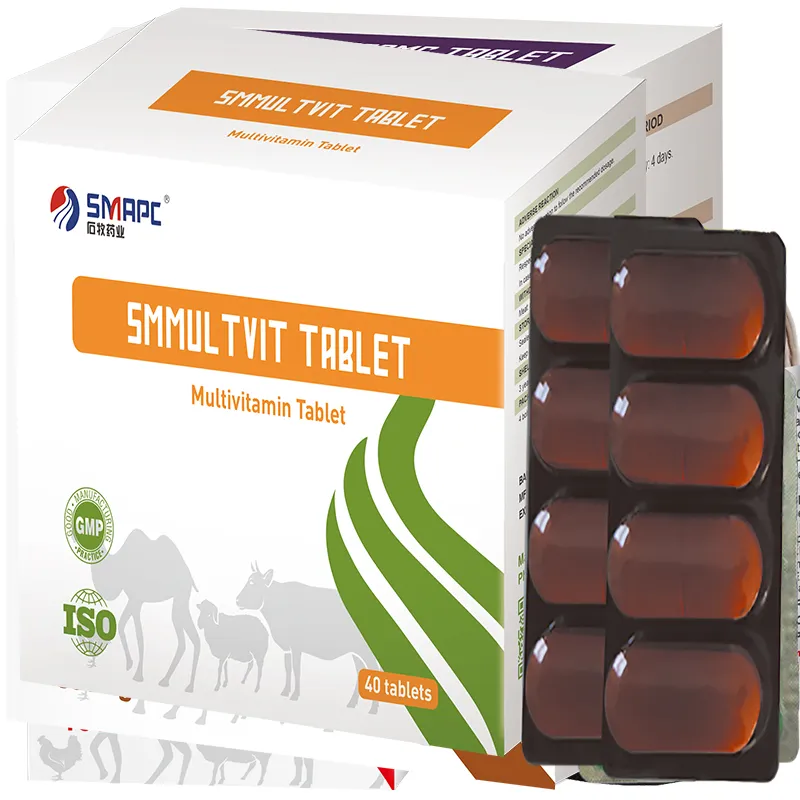Furthermore, price fluctuations can occur due to supply chain issues. Recent global events, such as the COVID-19 pandemic, disrupted manufacturing and distribution channels, leading to temporary shortages and price increases. Such occurrences highlight the importance of robust supply chains for essential medications like amoxicillin.



